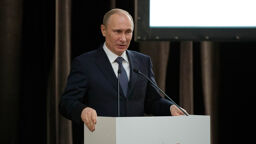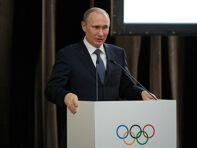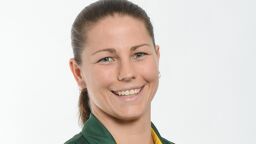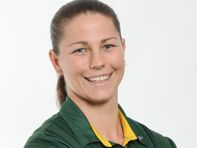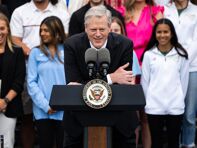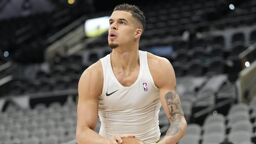When the International Olympic Committee executive board meets next week in Switzerland, the agenda reportedly will not include a recommendation for a new set of guidelines governing the inclusion of transgender athletes.
The Guardian reports Thursday that the delay in the long-anticipated stricter rules is being blamed on a lack of consensus among scientific experts.
As Outsports has reported previously, the scientists had been expected to recommend cutting the allowed levels of testosterone for trans women competing in elite sports by half. But sources tell the Guardian that the IOC is putting aside those new guidelines, saving them in their draft form for a later date, because of political clashes and out of sensitivity to the impact these rules will have on the 2020 Olympics and beyond.
The current IOC guidelines date back to November 2015. Athletes who transition from male to female can attempt to qualify to compete in the women’s category without needing bottom surgery — an operation to remove their testes, called an orchiectomy, or a more complex operation commonly called gender confirmation surgery or GCS — so long as their total testosterone level in serum is kept below 10 nanomoles per liter for at least 12 months.
In the 15 years since the first iteration of transgender inclusion in Olympic competition, not one trans athlete has even qualified, never mind competed in the games.
Although sports organizations around the world have adopted the IOC rules, some question its efficacy because an average women’s testosterone levels tend to range between 0.12 and 1.79 nmol/l, while an average man’s levels are typically between 7.7 to 29.4 nmol/l.
Some argue that these “average” levels are irrelevant since elite athletes’ levels can vary widely from regular folks. Others argue that trans female athletes who take testosterone suppressing medications already have lower T-levels in the normal female range. And then there are athletes like Dr. Rachel McKinnon, who advocates for transgender inclusion without the need for any medication.
“This approach already treats trans women as ‘really’ men/male, who may only become women after sufficient medical intervention,” McKinnon told Outsports in March.
According to the Guardian, some scientists on the IOC panel argued that testosterone levels should be set no higher than 5nmol/L as a compromise between inclusion and fairness, giving trans women the ability to compete as women. They argued lowering T-levels would take away most of the advantages of male puberty.
On the other side are scientists impressed by new research at the Karolinska Institute in Sweden, which reportedly shows that suppressing testosterone in transgender women has little effect on reducing their muscle strength, even after a year of treatment.
If true, that would show the physical advantages of having gone through male puberty still exist even after a medical transition. Activists against transgender inclusion, including British sports legends Kelly Holmes, Paula Radcliffe and Sharron Davies, argue cisgender athletes should not have to compete with any trans athlete.
Sources tell the Guardian the draft IOC proposals “had gone around the houses” without any agreement, and that it was unlikely they’d reach a consensus before the Tokyo Olympics. Another source told the paper there was still hope but that the process had “proved far more difficult than expected because this is such a tricky political and emotive issue.”
At the executive meetings next week, the newspaper reports the committee may recommend individual sporting federations create their own policies on transgender athletes. Doing so, however, may result in controversy, without the imprimatur of the IOC.













